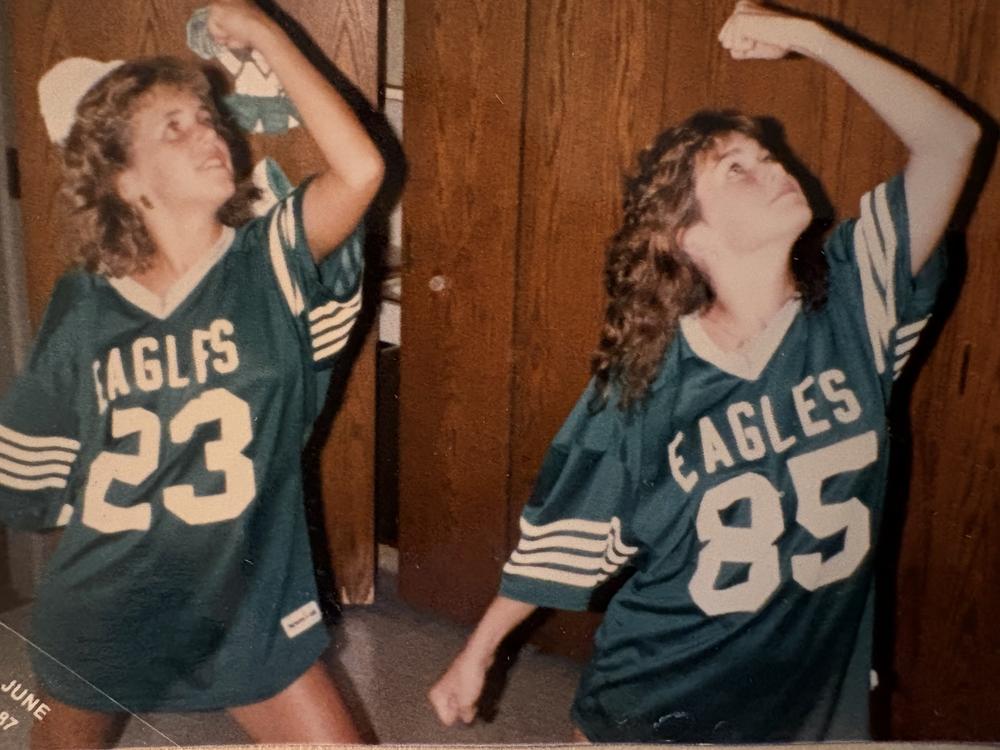How To: Sustainable advertising
People don’t think about advertising and sustainability together.
But they should.
According to expert calculations, the digital ecosystem has a larger carbon footprint than the entire airline industry. A typical video ad, shot on location, produces hundreds of tons of GHG emissions from end to end. That’s the equivalent to dozens of roundtrip flights from Paris to New York.
How did this happen? And more importantly—what can we do about it?
We have to keep our world habitable while we stay on customers’ good sides. A recent report shows that 78% of consumers feel brands should be doing more to encourage eco-conscious consumption.
Plus, regulation that’s currently being debated could require companies to buy a certain number of carbon offsets for every ounce of GHG emissions they produce. This “green levy” would be a new cost for companies at every stage of the digital value creation chain.
How digital advertisers can reduce their carbon footprint
- Make shoot teams leaner. If and when you do future on-location shoots, bring as few people as you can—especially if you’re traveling by air. Data from Green the Bid shows roundtrip flights from NYC to LAX cost 1.8 tons per seat in economy class and 3.92 tons per seat in business class.
And when you’re on location, use Wi-Fi, not mobile networks. Mobile networks produce about 600% the level of GHG as Wi-Fi. - Make use of digital optimizations. One of the main sources of ad tech’s carbon footprint comes from digital storage (energy it takes to keep digital content live and retrievable).
There are a lot of simple things you can do to lower your storage-related emissions, like making videos shorter (which can reduce storage carbon by as much as 20%) and lowering resolution from 1080p to 720p (another 30% reduction).
Once content goes live, get as targeted with distribution as possible. Not only will this raise the impact of your marketing spend, it’ll reduce the number of distributors and hosting sites you need to get the content seen. - Look into offsetting companies. Carbon offsets are purchasable assets that represent investments in green initiatives—anything from wind farms to conservation projects to sustainable agriculture, and beyond.
If you don’t know where to start on carbon offsets, the United Nations put together a comprehensive hub for companies looking to improve their carbon footprint. - Don’t shoot—use user-generated content. The best way to reduce the carbon footprint of an ad campaign is to produce no new content at all. Don’t set up an expensive, logistically demanding live shoot. Find authentic, user-generated content that suits the spirit and goals of your campaign.
User-generated content (aka Found Content) isn’t just more eco-friendly, it’s also more relatable. Found Content is made by people with no commercial intentions—they just wanted to share real moments from their lives. A staged shoot just can’t replicate that level of authenticity.
It’s hard to see the ways that digital advertising produces these levels of GHG emissions. But once you see it, you can’t unsee it—and it’s all of our responsibility to do something about it. For more about how you can help make the ad industry greener, including an excerpt from the GreenTheBid Resource Guide, check out this LOST IN FOUND podcast episode featuring John Osborne, director of AdNetZeroUSA.
Related Resources
%20(397%20x%20264%20px)%20(3).png)
The New Operating Model for Creative Teams
Catch+Release COO Bryan shares how Content Genie introduces a faster, clearer, and more scalable way for creative teams to move from brief to story. This pre launch perspective explains why the future of content production depends on a new workflow built for modern creative speed.

Five Super Bowl Ideas That Could Win With Found Content (And Won't Cost $8 Million)
Found Content is no longer a backup plan. It’s a bold, culture-driven strategy for Super Bowl spots that want to win hearts, spark conversation, and save serious production dollars. Explore five creative plays brands can use to bring authenticity and impact to the biggest stage in advertising.




.png)